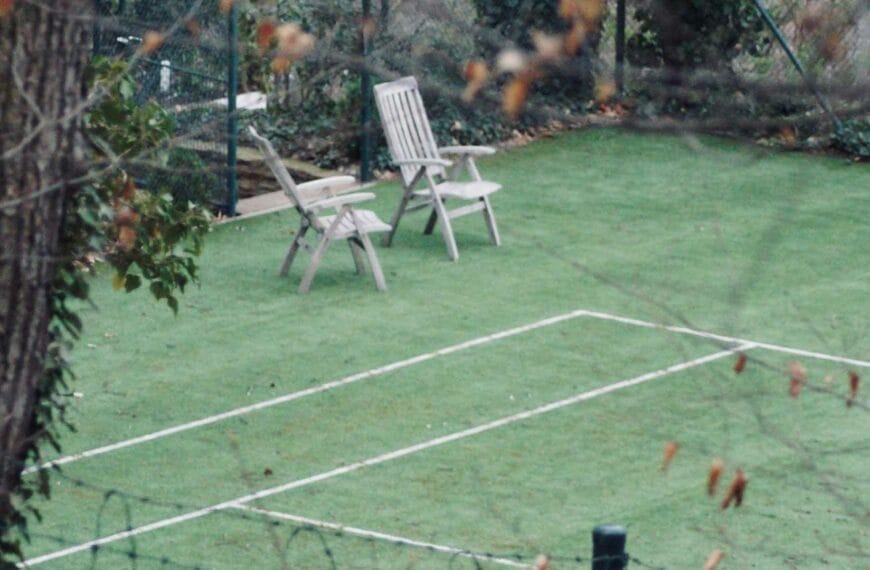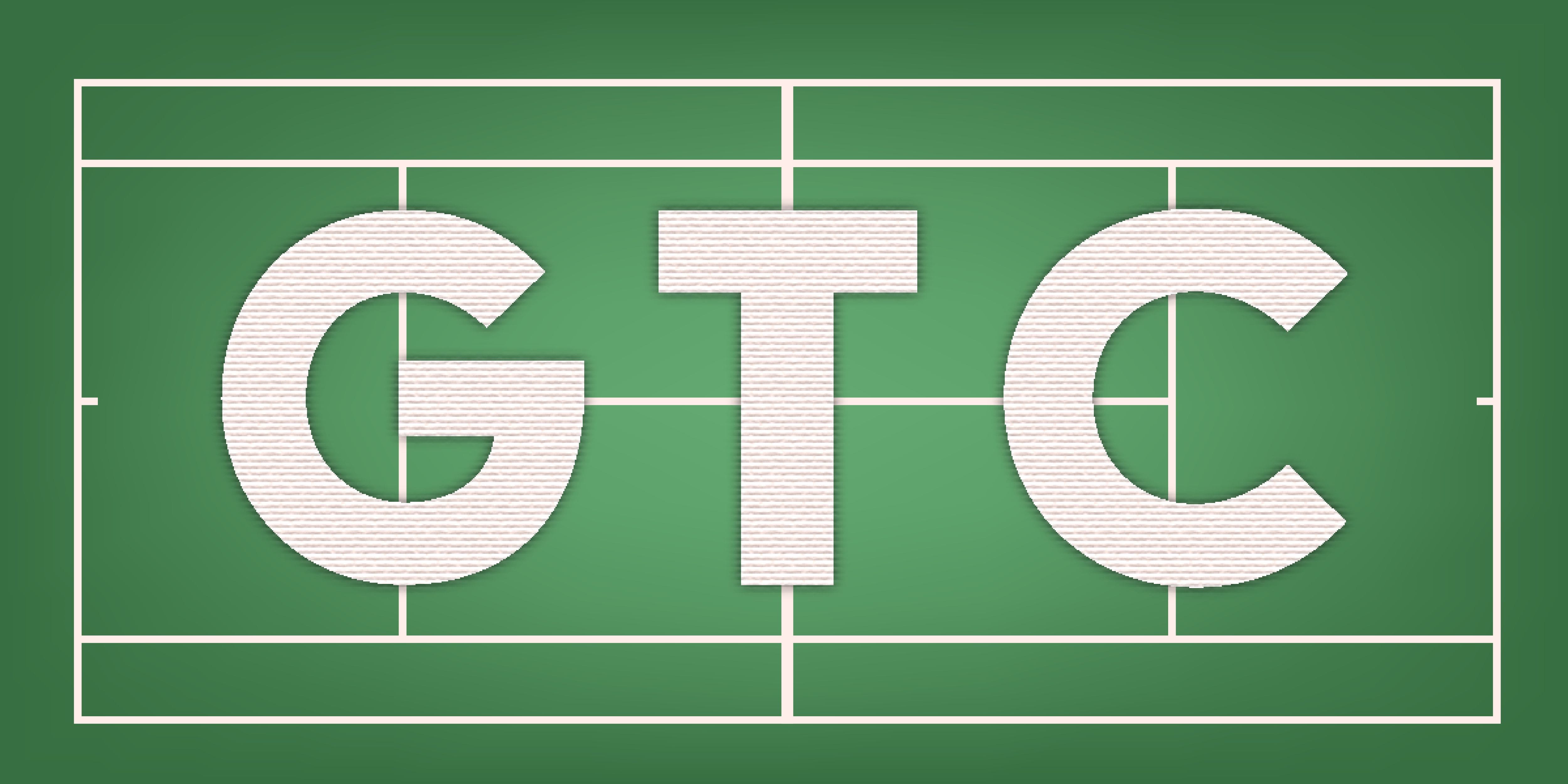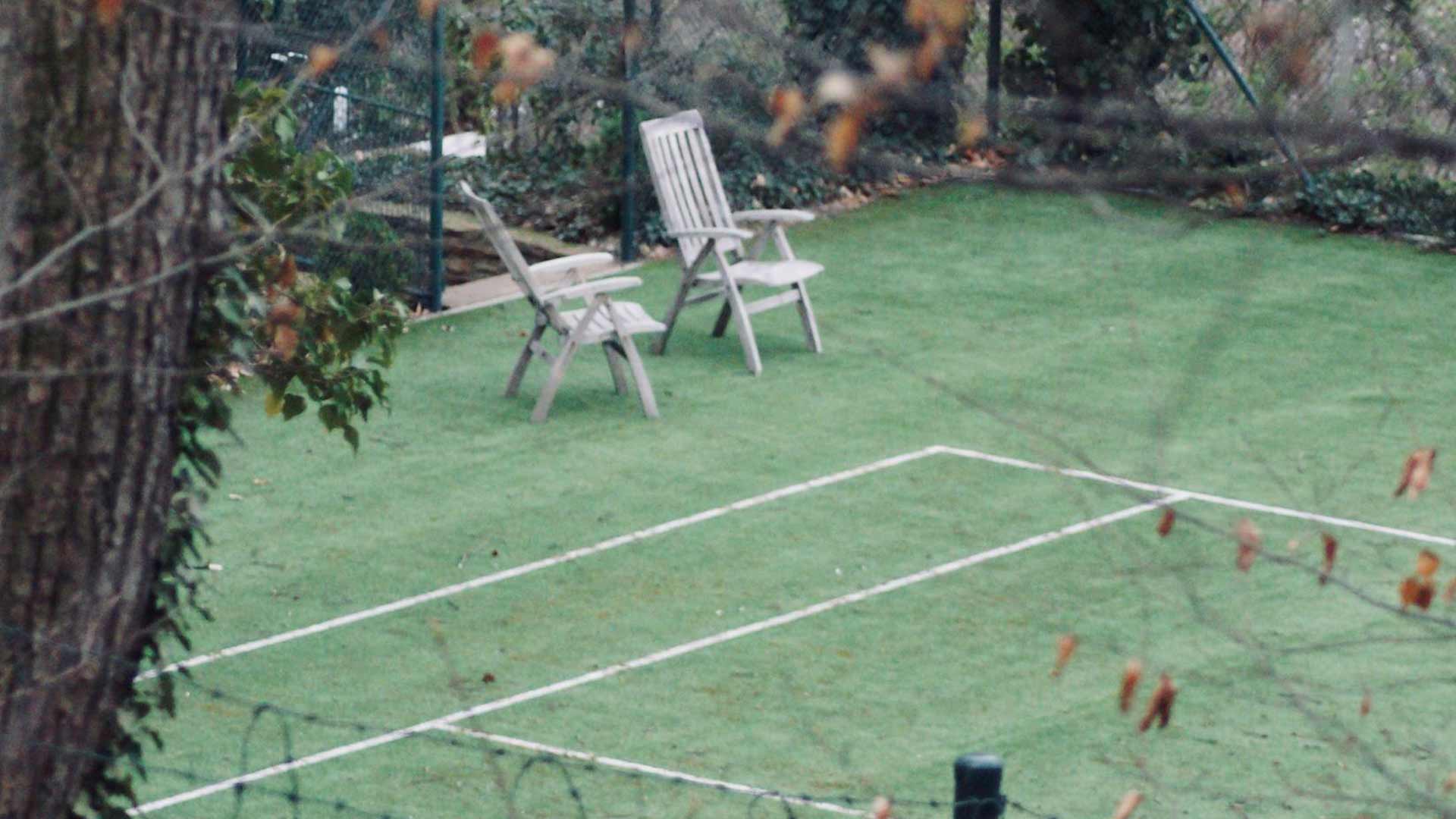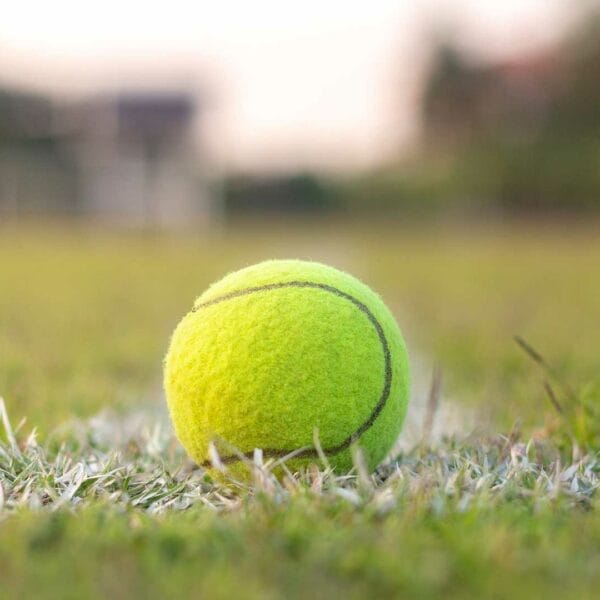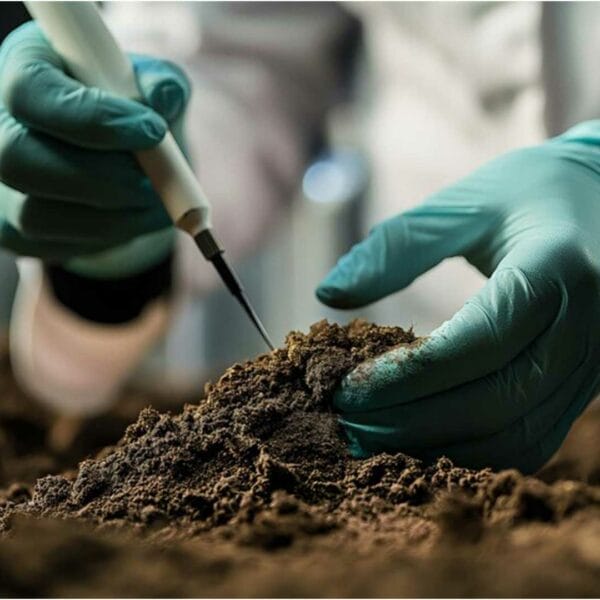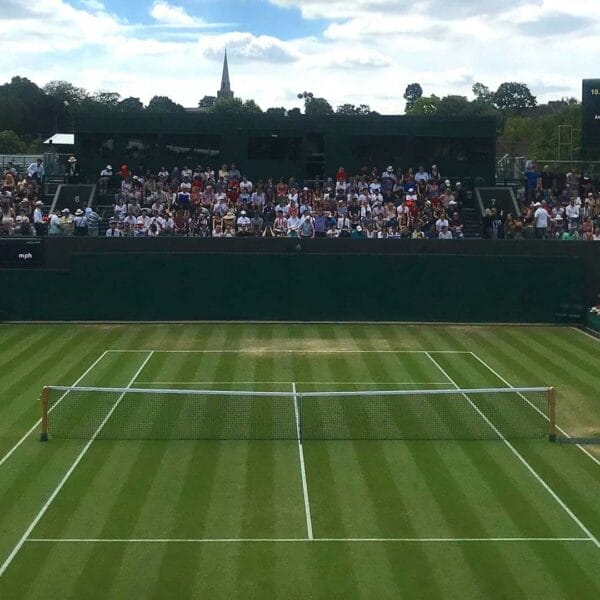Unlock Sustainability: The Best Eco-Friendly Grass Court Materials Revealed
In today’s rapidly evolving world, sustainability has become a cornerstone of modern development, particularly in areas where people gather, work, and live. Among these spaces, sports facilities stand out as integral hubs for community engagement and physical activity. Grass courts, while traditionally seen as functional playing fields, also serve as vibrant community spaces that contribute to the local environment. As awareness of ecological issues grows, the importance of integrating sustainable practices into the design and maintenance of grass courts becomes increasingly vital.
While we champion the aesthetics and unique aspects of playing on grass, we need to be mindful of the ned in some cases for sustainable practices. Grass Tennis Club‘s perspective on sustainability acknowledges the growing emphasis on environmentally friendly practices in our beloved sport.
Sustainability in grass court materials isn’t merely a trend; it’s rapidly becoming a necessity. By adopting eco-friendly materials, we can reduce the environmental impact associated with traditional court setups, conserve valuable resources, and ensure that these spaces remain functional and aesthetically pleasing for future generations. Moreover, sustainable practices often offer cost-effective solutions and enhance the longevity of the courts, making them a wise investment for both institutions and communities.
This exploration delves into the innovative materials and approaches that are transforming grass courts into models of sustainability. From biodegradable surfaces to permeable designs, each option offers unique benefits that align with global efforts toward environmental stewardship. Understanding these choices and their implications is crucial for creating courts that are not only durable but also environmentally friendly.
What Makes Grass Court Materials Eco-Friendly
Eco-friendly grass court materials are designed with the environment in mind, addressing several key factors that contribute to sustainability. Here’s an overview of what makes these materials stand out:
Biodegradability
These materials break down naturally over time, reducing their presence in landfills and minimising waste. This approach aligns with sustainable practices that prioritise reducing environmental clutter.
Recyclability
Many eco-friendly materials can be recycled after their useful life ends, preventing unnecessary waste and conserving resources for future use. Recycling not only reduces landfill dependency but also supports the development of a circular economy.
Low Carbon Footprint
The production process of eco-friendly materials emits less CO2 compared to conventional options. This reduction in greenhouse gas emissions contributes to combating climate change and promoting a greener lifestyle.
Permeable Surfaces
These surfaces allow water to infiltrate through, rather than pooling on the surface. This reduces the risk of flooding, minimises soil erosion, and decreases the need for excessive irrigation, thereby conserving water resources.
Local Availability
Using materials sourced from local regions reduces the carbon footprint associated with transportation. Locally grown or produced materials also support regional economies, fostering a sense of community and sustainability.
Durability
Eco-friendly materials are often designed to last longer, reducing the frequency of replacements and the demand for new materials. This extended lifespan minimises waste and the environmental impact of frequent court renovations.
Water Retention
Some materials retain water, providing natural drainage and reducing the need for artificial watering systems. This characteristic enables the court to thrive in various weather conditions while conserving precious water resources.
By incorporating these features, eco-friendly grass court materials not only enhance the functionality of the courts but also make a positive contribution to environmental health and global sustainability efforts.
Why Sustainability Matters for Grass Courts
In the realm of sports facilities, grass courts play a significant role, particularly in activities such as tennis. Sustainability is crucial here as it addresses the environmental impact of maintaining these courts. Let’s explore why sustainability is essential for grass courts:
Environmental Impact Reduction
Regular maintenance tasks such as watering, mowing, and fertilising consume resources like water and chemicals, which can harm the environment. Sustainable practices can mitigate these impacts by minimising resource use and reducing chemical reliance.
Resource Efficiency
Frequent replacement of worn-out grass sections results in increased resource consumption for production and transportation. Sustainable materials with longer lifespans reduce waste and emissions associated with frequent renewals.
Carbon Footprint
Selecting materials with a low carbon footprint helps combat climate change. These options may emit fewer greenhouse gases during production, contributing to global sustainability efforts.
Water Conservation
In arid regions, efficient irrigation and drainage systems can significantly conserve water. Permeable surfaces on grass courts allow water to drain effectively, preventing runoff and supporting the replenishment of groundwater.
Biodiversity Support
Native grasses and plants provide habitats for wildlife, enhancing local biodiversity. Sustainable designs that support these species promote ecosystem health without additional landscaping.
Cost-Effectiveness
Although sustainable materials might initially cost more, they often yield long-term savings through extended durability and reduced repair needs. Additionally, locally sourced materials can lower transportation costs and support regional economies.
Global Goals Alignment
Sustainability aligns with broader objectives, such as combating climate change and promoting eco-friendly sports facilities. It fosters community engagement and offers educational opportunities about environmental stewardship.
In summary, sustainability enhances grass courts by reducing environmental impact, conserving resources, supporting biodiversity, and offering cost-effective solutions. Embracing sustainable practices not only benefits the environment but also contributes to global sustainability goals, making it a vital consideration in the design and maintenance of grass courts.
Top Eco-Friendly Grass Court Materials
Selecting eco-friendly materials for grass courts involves considering several factors, including environmental impact, resource efficiency, and durability. Here are the top materials that stand out for their sustainability:
Natural Grass (Native Varieties)
Native grasses are ideal as they require less water and maintenance, reducing the need for chemicals and excessive irrigation. They also support local biodiversity, providing habitats for various wildlife species. These grasses are resilient and adapt well to their environments, contributing to a healthier ecosystem and making them a sustainable choice for grass courts.
Synthetic Turf Made with Recycled Materials
While traditional synthetic turfs are made from virgin plastics, those made from recycled materials offer a more sustainable alternative. They have a lower carbon footprint and can be designed to be permeable, aiding in water drainage. They provide a durable surface with minimal maintenance, though they may require occasional cleaning to prevent wear and tear.
Permeable Surfaces
Permeable surfaces allow water to drain efficiently, reducing runoff and recharging groundwater. This minimises the need for irrigation and helps conserve water, especially in arid regions.
They support eco-friendly practices and can be integrated with other sustainable materials to enhance overall court performance.
Bamboo and Hemp
Both bamboo and hemp are rapidly renewable resources with high strength-to-weight ratios. Bamboo grows quickly, making it a sustainable option, while hemp is known for its durability and low environmental impact. These materials are lightweight yet strong, suitable for various court surfaces, and can be processed into fibres for hybrid court surfaces.
Hybrid Materials
Hybrid materials combine natural and synthetic elements, offering a balance between performance and sustainability. They can be designed to be permeable and may incorporate recycled content.
They provide a versatile solution that adapts to different court needs while reducing environmental impact through resource efficiency.
Each of these materials contributes to a more sustainable future by minimising environmental impact, conserving resources, and supporting biodiversity. By choosing eco-friendly options, sports facilities can align with global sustainability goals, fostering community engagement and promoting eco-conscious practices.
Considerations When Choosing Eco-Friendly Materials
When selecting eco-friendly materials for grass courts, several factors come into play, each contributing to a sustainable outcome. Understanding these factors will help you make an informed decision that aligns with environmental goals.
Location Suitability: Climate Consideration
The optimal material varies with climate. In humid areas, natural grass thrives with minimal irrigation, whereas arid regions benefit from synthetic turf’s drought tolerance. This ensures efficient water use tailored to local conditions.
Maintenance Requirements: Low Maintenance Options
Synthetic turf requires periodic cleaning to remove debris, while natural grass demands regular mowing and fertilisation. Lower maintenance options reduce chemical use and labor, enhancing sustainability.
Budget Considerations: Initial vs. Long-Term Costs
Some materials may have higher initial costs but offer cost savings over time through reduced maintenance and longer lifespan. Balancing upfront investments with long-term savings is crucial for eco-friendly practices.
Durability: Material Lifespan
High-quality materials like bamboo and hemp are known for their durability, reducing the frequency of replacements and minimising environmental impact over time.
Aesthetics: Appeal and Community Impact
A visually pleasing court enhances community engagement. Materials like natural grass and synthetic turf offer different aesthetics, influencing public appeal and usage patterns.
By thoughtfully evaluating these considerations, you can select materials that not only meet environmental standards but also cater to practical needs and community preferences, fostering a sustainable approach to grass court design.
Maintaining Grass Courts Sustainably
Sustainable maintenance of grass courts is essential for preserving the environment while ensuring the longevity and health of the courts. By adopting eco-friendly practices, you can minimize resource consumption, reduce chemical use, and promote biodiversity. Here are some strategies to achieve this:
Efficient Watering Techniques
Use drip irrigation systems to deliver water directly to the roots, reducing waste.
– Install rainwater harvesting systems to collect and store rainwater for irrigation, decreasing reliance on municipal water supplies.
Eco-Friendly Fertilisation and Pest Control
– Opt for organic fertilisers and compost to enrich the soil naturally, providing nutrients without harmful chemicals.
Implement integrated pest management (IPM) programs, utilising natural methods such as crop rotation and biological controls to manage pests, thereby reducing the need for synthetic pesticides.
Proper Mowing Practices
Adjust the mowing height according to the type of grass to avoid stressing the plants. Proper height maintains health and reduces wear.
– Use push mowers or cordless electric mowers to minimise emissions and reduce fuel consumption.
Natural Weed Management
– Employ methods such as mulching to suppress weeds and retain soil moisture.
– Practice crop rotation or interplant with ground covers to naturally disrupt weed growth.
Eco-Conscious Equipment Selection
Choose reusable or biodegradable tools and equipment to reduce waste.
Utilise electric lawn equipment powered by renewable energy sources, such as solar, to lower carbon emissions.
Regular Monitoring and Inspections
Conduct routine checks to detect early signs of damage or stress, allowing timely interventions.
Maintain records of maintenance activities to track progress and adjust practices as needed.
Waste Management
Recycle grass clippings and other organic waste through composting to convert waste into valuable resources.
Dispose of non-organic waste responsibly to minimise landfill contributions.
Renewable Energy Integration
Power maintenance tasks with renewable energy sources, such as solar panels, to further reduce the carbon footprint.
By integrating these sustainable practices, you can ensure that your grass courts remain healthy while making a positive contribution to environmental stewardship. This approach not only conserves resources but also supports local ecosystems, making it a responsible choice for both the environment and future generations.
The Benefits of Eco-Friendly Grass Courts
Adopting eco-friendly practices for grass courts offers numerous advantages that extend beyond environmental considerations. These benefits create a harmonious blend of sustainability, functionality, and community impact.
Environmental Protection
Eco-friendly grass courts significantly reduce pollution by minimising the use of synthetic chemicals and promoting organic methods. Efficient watering techniques, such as drip irrigation and rainwater harvesting, conserve water, reducing the strain on natural resources and protecting ecosystems.
Support for Biodiversity
Native grasses and organic maintenance practices encourage local wildlife, enhancing biodiversity. This natural approach avoids harming native flora, fostering a healthier ecosystem around the courts.
Increased Longevity
Sustainable maintenance ensures that grass courts endure longer periods without frequent repairs. This reduction in waste and replacement minimises the need for new materials, contributing to a lower environmental footprint over time.
Cost Efficiency
While eco-friendly materials may initially seem costly, they often yield long-term savings. Lower maintenance requirements and extended durability reduce recurring expenses, making sustainable choices financially viable.
Community Engagement
Eco-conscious courts foster a sense of pride and responsibility within the community. They serve as educational tools, inspiring individuals to adopt sustainable lifestyles and promoting a collective commitment to environmental stewardship.
Reduced Carbon Footprint
By integrating renewable energy sources and efficient equipment, eco-friendly courts significantly lower greenhouse gas emissions. This aligns with global efforts to combat climate change and promotes a more sustainable future.
Innovation in Design
The focus on sustainability encourages innovative court designs that are both functional and aesthetically pleasing. These designs set examples for others in the industry, driving broader adoption of eco-friendly practices.
In summary, eco-friendly grass courts offer a dual advantage: they protect the environment while enhancing community well-being and promoting sustainable practices.
Common Misconceptions About Eco-Friendly Grass Courts
Eco-friendly grass courts are often misunderstood, despite offering numerous benefits. Let’s address some common misconceptions to clarify their advantages and effectiveness.
Higher Initial Cost
Many believe eco-friendly courts are more expensive. However, while some materials may have higher upfront costs, they often result in long-term savings through reduced maintenance and extended durability.
More Maintenance Required
Contrary to belief, eco-friendly courts typically require less maintenance. Sustainable practices and efficient irrigation systems minimise upkeep, ensuring courts remain in optimal condition with less effort.
Less Durable
This is a myth. Eco-friendly courts are designed for longevity. Using high-quality, durable materials ensures they withstand wear and tear better than traditional courts.
Not Suitable for All Locations
Concerns about unsuitability in certain climates are unfounded. There are eco-friendly options tailored for diverse environments, ensuring functionality regardless of location.
Aesthetic Appeal
Some worry that eco-friendly courts may lack visual appeal. In reality, they can be designed to be both functional and aesthetically pleasing, matching the beauty of natural settings.
Installation Complexity
The notion that eco-friendly courts are more difficult to install is incorrect. With proper planning and a choice of materials, installation can be as straightforward as that of traditional courts.
By addressing these misconceptions, it becomes clear that eco-friendly grass courts are a practical and beneficial choice, aligning with sustainable goals while offering durability, cost-effectiveness, and aesthetic charm.
Future Trends in Sustainable Grass Court Design
The landscape of sports facilities is evolving towards sustainability, driven by a growing emphasis on environmental responsibility. Grass courts, once reliant on conventional materials, are now embracing innovative designs and technologies that harmonise performance with ecological considerations. Here are the emerging trends shaping the future of sustainable grass court design:
Sustainable Synthetic Turf
Traditional synthetic turf, although durable, often raises environmental concerns due to its petrochemical-based composition. Future developments aim to integrate recycled plastics and bio-based materials, enhancing sustainability without compromising performance.
Advanced Permeable Surfaces
These surfaces are increasingly being designed to efficiently manage water. Innovations include systems that capture rainwater for reuse, reducing reliance on traditional irrigation and minimising stormwater runoff.
Renewable Material Usage
Materials such as bamboo and wood, known for their renewability and carbon sequestration capabilities, are being explored for court construction. While challenges such as treatment for durability exist, research continues to develop eco-friendly solutions.
Smart Technology Integration
Sensors and Iot devices are being incorporated to monitor court conditions, enabling automated adjustments in temperature, lighting, and maintenance schedules. This optimises resource use and enhances efficiency.
Carbon-Positive Design
Courts are moving towards a carbon-positive status by incorporating materials that absorb CO2 and supporting practices that offset their environmental impact, such as tree-planting programs.
Modular and Adaptive Designs
Modular constructions enable easy disassembly and relocation, thereby reducing waste and facilitating reuse. This flexibility also supports customised designs suitable for various settings.
Community Engagement Features
Courts are being designed to foster social interaction, incorporating public art and educational elements to promote environmental awareness and community bonding.
Circular Economy Principles
Embracing a circular economy model, courts are designed for maximum reuse and recycling, minimising waste and encouraging sustainable practices throughout their lifecycle.
While challenges such as higher initial costs and material treatment issues persist, the long-term benefits, including maintenance savings and reduced environmental impact, justify the investment. As awareness grows, demand for sustainable solutions is expected to rise, driving further innovation and widespread adoption. Promoting these trends through education and community initiatives will be crucial in accelerating their acceptance and implementation.
Concluding Comments
Embracing sustainability in sports facilities is no longer optional; it has become a necessity. Eco-friendly grass court materials offer a pathway to reducing environmental impact while delivering cost-effective solutions and enhanced durability. From synthetic turf to natural grass and permeable surfaces, there are innovative options tailored to various needs. Considerations like location, maintenance, and budget must be balanced with a commitment to renewable and sustainable practices. By adopting these eco-friendly solutions, we contribute to a healthier planet and create spaces that inspire future generations. The future of grass courts lies in innovation and sustainability, paving the way for a greener tomorrow.


